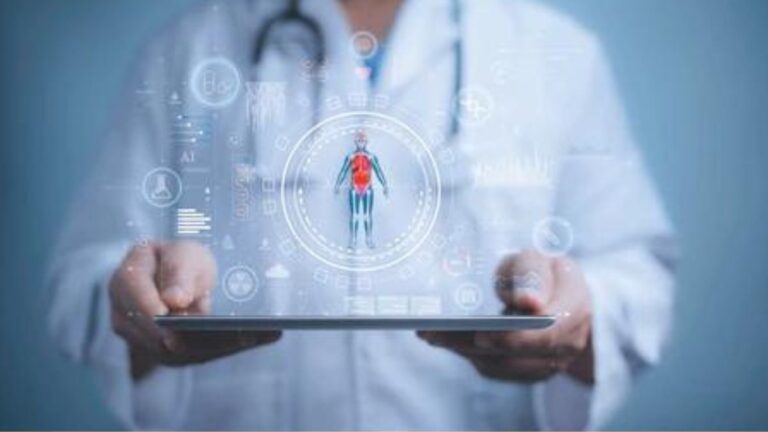Analytics for healthcare is the best thing that has ever happened to the medical field as it provides novel means of making healthcare better. Development in the area is helping the healthcare provider to make informed decisions, facilitate operations and enhance outcomes. Innovation in technology is core to the production of health care as organizations turn to evidence-based approaches for the improvement of health care outcomes. Here, you will find out major trends in analytics for healthcare that contribute to the enhancement of patients’ experience.
Application of Predictive Modelling in Management of Patients
Predictive analytics is one of the most important innovative tools in the sphere of healthcare. An accurate review of past incidences enables health practitioners to predict future health complications affecting the patients. Such an approach means that complicated illnesses can be anticipated and treated which enormously helps patients. For instance, risk assessment can point out people who are prone to diseases such as diabetes or heart disease so that early intervention can be conducted. The following is also estimated through this technology: The rate of patients’ admission that enables efficient management of resources.
Real-Time Data Monitoring
Another innovation that has lately been implemented for improving patient health status is the real-time monitoring of data. This is very useful because patients’ details can be monitored, and the respective healthcare givers receive a notification as soon as the patient’s status alters. This capability is particularly useful in intensive care settings, where the patient’s lives may greatly depend on speedy intervention. Real-time tracking devices include wearable devices and smart sensors used to offer continuous information such as heart rates, compliance with prescribed medication, and other health indicators. This information can be fed into the healthcare systems making care plans more specific and treatment changes faster.
Advanced Imaging Analytics
One can say that imaging analytics, to a higher degree, is changing the traditional approaches to diagnosis. X-ray, along with MRI, is now being augmented with machine learning algorithms to identify complex abnormalities more proficiently. This innovation minimizes cases of wrong diagnosis and guarantees that the right treatment is administrated to the patients on time. Also, image processing in advanced imaging analytics is faster in handling the amount of information, and they deliver significant information that could not previously be provided to healthcare professionals. This means that treatments are made to be more precise, and therefore, patients stand to benefit immensely.
Population Health Management
Population health management as a strategy in healthcare practice utilizes analytics for healthcare in efforts to cater to the whole community and not single clients. This approach enables the healthcare providers to make trends of the patients, for example, the disease pattern or the result of a particular treatment. Such trends help facilitate an efficient usage of available resources to inform the approaches to improving the health of a population in the healthcare systems. Population health management also aids in the determination of patients and groups that are at risk in order that preventive measures can be taken. Healthcare givers should focus on delivering preventive measures that will extend an arm to such categories to avoid or contain diseases or complications related to their prevailing ailments. Also, population health management drives integration in healthcare teams, resulting in improvements in care efforts given to the entire community.
NLP or Natural Language Processing in the Context of Healthcare
Another exciting, innovative tool that’s disrupting healthcare analytics is known as Natural Language Processing or NLP. NLP allows or makes it possible for computers to translate natural languages, making it possible to analyze large and unstructured data sets, for instance, medical history, patient records, and research papers. This technology helps healthcare providers make better decisions for their patients through the analysis of large volumes of textual information. For instance, it enables recognition of common patterns of presented symptoms, which are not easily detected in regular statistical analysis.
Conclusion
Innovations in Analytics for healthcare are rapidly developing the enhanced quality demands for healthcare professionals where they get new conception ideas to make the right decisions for their patients. These include the following: the use of predictive analytics, monitoring of real-time data, advanced imaging analytics, population health management, and natural language processing, among others. Through these innovations, healthcare providers will be able to provide better personalized, efficient, and timely care, hence improving results on the patient’s side.
